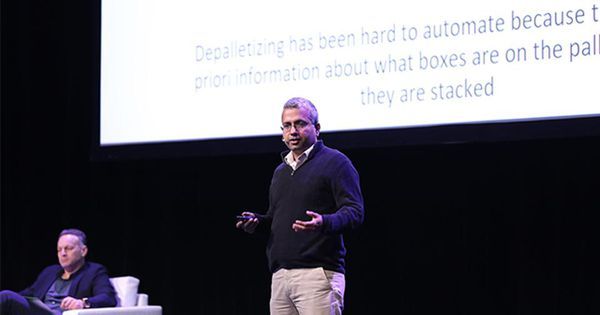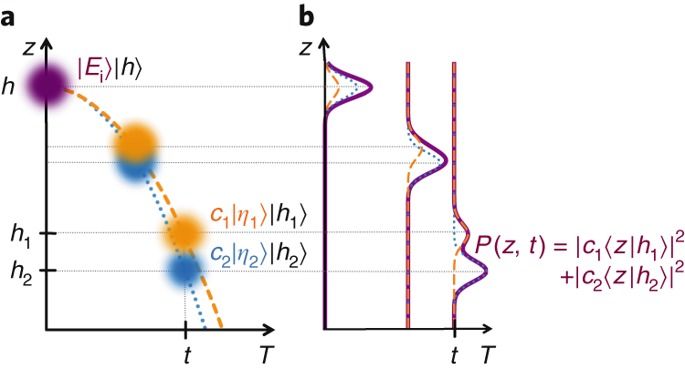Aug 13, 2018
Robotics Solutions Using Deep Learning
Posted by Genevieve Klien in categories: robotics/AI, transportation
Kinema Systems and GhostRobotics faced off and shared their pitches with the live audience at NVIDIA’S GPU Technology Conference (GTC) to showcase different approaches with autonomous systems using deep learning, machine learning and AI.
Kinema Systems, based in Menlo Park, Calif., is building innovative deep learning and 3D vision-based robotic solutions for logistics and manufacturing.
From Philadelphia, Pa., GhostRobotics is revolutionizing legged robotics and the market for autonomous unmanned ground vehicles used in unstructured terrain and harsh environments.


















